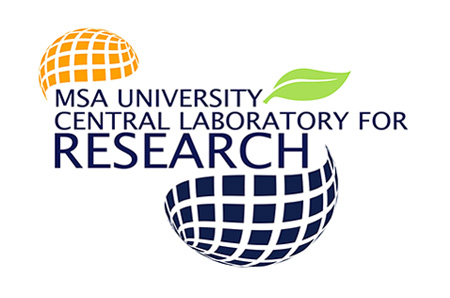
Detection a Different Lengths of Microsatellite Repeats in the Completed Genome of Phoenix Dactylifera Chloroplast
Accession No.: LC202941
Submitted (17-DEC-2016) to the DDBJ/EMBL/GenBank databases. Variation of SSRs is mainly caused by slipped-strand mispairing and subsequent resulting errors during DNA replication, repair, and recombination. Regular expressions applied to match the repeats of DNA sequences. In this study a programmed tool was designed by Visual basic language to detect the different lengths of SSR sequences in the chloroplast completed genome of Phoenix dactylifera (Accession number, GU811709.2).
Detecting The Unique Region In Chloroplast Genome:
1-Primers Design Specific to detect the marker (EPDCO).
2-DNA Isolation.
3-PCR for EPDCO REGION.
4-Gel Purification Method.
5-DNA Sequencing EPDCO.
6-Bioinformatics Analysis.
7-Genbank Submission
Polymorphic variants of the pnpla3 in Egyptian patient of hepatocellular with renal complication.
Accession No.: LC171330
Submitted (25-JUL-2016) to the DDBJ/EMBL/Genbank databases. Nonalcoholic fatty liver disease (NAFLD) is the most common chronic disease of the liver and is an escalating medical problem worldwide. the emergence and development of which depends on a number of interrelated factors; genetic polymorphisms, diet, and lifestyle
DNA Barcodes to Identify and compare to” compare=AL023654.2”:
1-DNA Isolation from Blood.
2-Primers Design Specific to Barcoding Gene.
3-PCR for Barcoding Gene.
4-Gel Purification Method.
5-DNA Sequencing for the PCR product.
6-Bioinformatics Analysis and annotation.
Genetic Characterization for Cymothoidae species from Qarun Lake By Using DNA Barcode Genes
Accession No.: LC138010
Submitted (24-MAR-2016) to the DDBJ/EMBL/GenBank databases.
The Cymothoidae are a family of isopods in the suborder Cymothoidae and are found in marine and freshwater. Cymoithoids are ectoparasites, fish. There are around 40 genera and more than 380 species of Cymothoidae which were identified.
Characteristics:
1-They produce anticoagulants and suck the fish’s blood.
2-Different species of parasite included in the skin, fins, the gills and the mouth, and some species located in muscles.
Biology:
1- Cymothoids are protandrous hermaphrodites.
2- Each juvenile develops first into a male, but if there are no any females nearby.
3- The male will later become a female and attach permanently to the host.
4- Female is able to secretes pheromones which prevent male cymothoids in the vicinity from becoming female.
DNA Barcodes to Identify and Classify Living Organisms (Main Steps):
1-Primers Design Specific to Barcoding Gene.
2-DNA Isolation
3-PCR for Barcoding Gene.
4-Gel Purification Method.
5-DNA Sequencing for Barcoding Gene.
6-Bioinformatics Analysis
7-Genbank Submission
8-Dendrogram.
Genetic Characterization for Mycobacterium tuberculosis by Using DNA Barcode Genes of Chaperonin 60
Accession No.: LC130572
Submitted (05-MAR-2016) to the DDBJ/EMBL/GenBank databases. Mycobacterium tuberculosis is an obligate pathogenic bacterial species in the family Mycobacteriaceae and the causative agent of tuberculosis.The genome contains 250 genes involved in fatty acid metabolism, with 39 of these involved in the polyketide metabolism generating the waxy coat.
Such large numbers of conserved genes show the evolutionary importance of the waxy coat to pathogen survival. Chaperonin sequences are useful for phylogenetic studies and have been widely exploited in studies of prokaryotic and eukaryotic evolution. Group I chaperonin sequences have also been employed as targets for detection and identification of organisms since a 549-567 bp segment of the cpn60 coding region, the “universal target”, can be amplified with universal PCR primers.
DNA Barcodes to Identify and Classify Bacterial strain (Main Steps to isolate Cpn60 gene):
1.Primers Design Specific to Barcoding Gene.
2.Collected from :sputum culture from Abbasseya Chest Hospital
3.DNA Isolation.
4.PCR for Barcoding Gene.
5.Gel Purification Method.
6.DNA Sequencing for Barcoding Gene.
7.Bioinformatics Analysis.
8.Genbank Submission.
9.Dendrogram.



